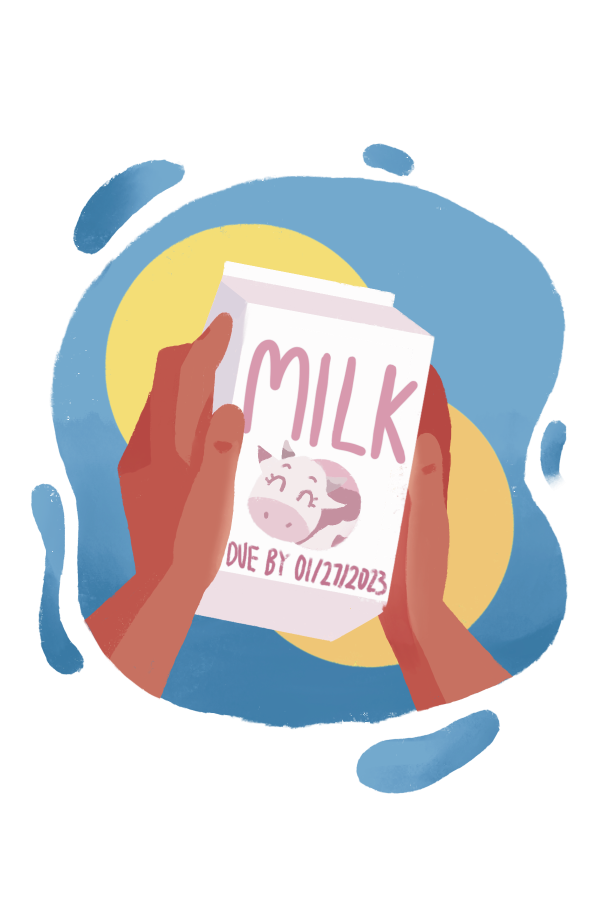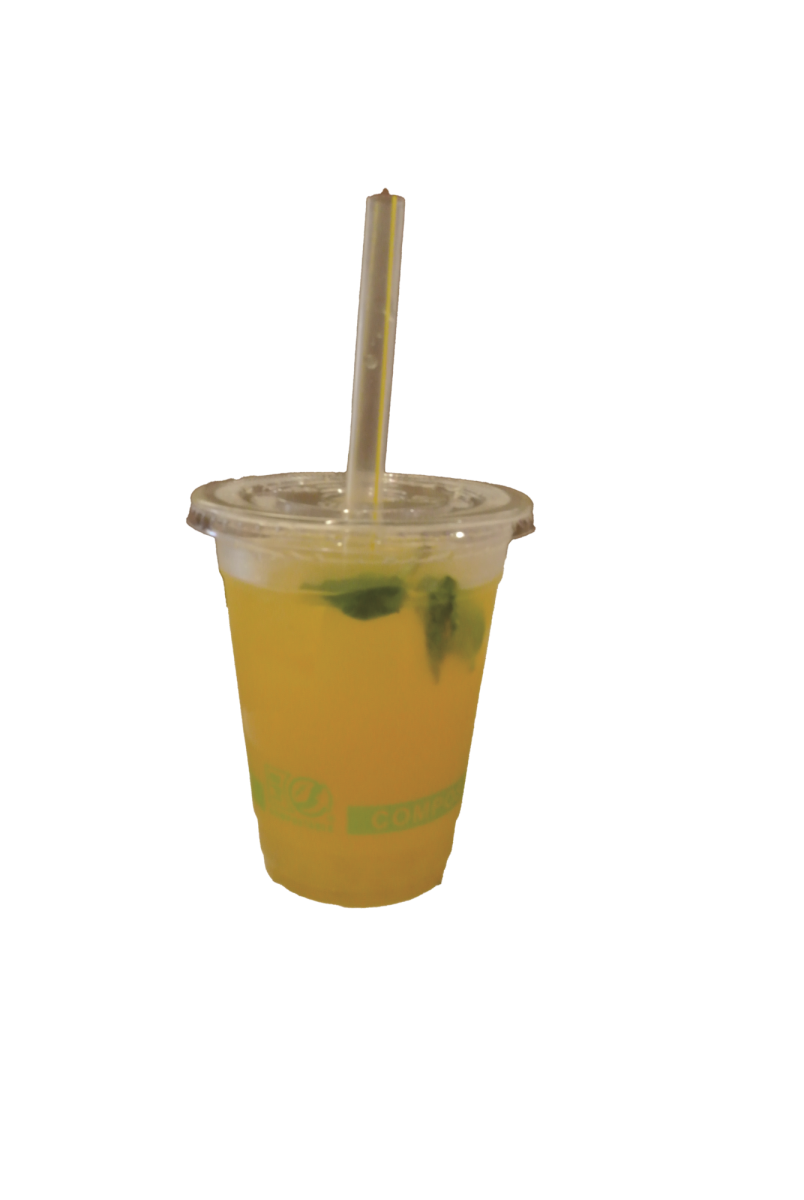Expiration dates are unreliable
February 17, 2023
When I open my fridge, a sea of expired food items greet me. A lone kosher pickle in a tall glass jar. A clear bag full of pine nuts on a red plastic tin of gochujang. A squirt bottle full of mayonnaise way past the “use by” date.
But I never bat an eye at the expiration dates printed on the sides of these containers. In fact, I rarely even check them. However, many fear the aftermath of consuming an expired food item, terrified of the foodborne illness they might acquire, too lazy to care about the detrimental impact they are making on the environment.
According to Feeding America, the U.S. wastes some 119 billion pounds of food, which equates to $408 billion, annually. Residential food waste makes up 39% of all food waste, which means on average, American households throw out around 295 pounds of food each year.
A significant amount of food waste in households is caused by throwing away food that has passed its official expiration date, but is still safe to eat.
Contrary to popular belief, expiration dates are not always an indicator of safety and should not determine the shelflife of many products. For example, if you see mold growing on cream, don’t use it. But if the cream’s expiration date has passed, and there is no visible spoilage, you’re most likely good to go. According to the U.S. Department of Agriculture, expiration dates only aim to help consumers and retailers decide when a food item is at its peak quality.
At the surface, food waste is caused by the population’s lack of education surrounding expiration dates and the environment. However, food waste is an even larger problem at or before the retail level.
Most expiration dates are set conservatively by manufacturers to account for transportation, storage and handling, which leads to even more food waste. Furthermore, many grocery stores only sell produce that’s up to a certain aesthetic standard. Cosmetic imperfections — such as weird shapes, odd colors or blemishes on a peel you don’t even eat — deem certain produce inedible and ugly.
But this discarded produce is just as delicious as the flawless fruits and vegetables you might find at the egregiously expensive Whole Foods.
While the U.S. Environmental Protection Agency has launched multiple efforts to decrease food waste, many markets still reject ugly food items. Extreme anti-food waste activists, called “freegans,” reject consumerism and scavenge for perfectly edible food items in dumpsters behind these markets.
Though this is an radical example, there are many other simple yet effective practices you can take to reduce food waste in your home and community. To make a difference at the retail level, purchase food from Misfits Market or Imperfect Foods. These companies form relationships with manufacturers and rescue aesthetically “ugly” produce and food approaching its “use by” dates.
Or, just use the old sniff test, which according to the USDA should determine spoilage in a food item. I’m pretty darn sure those week-old leftovers sitting in the fridge are perfectly edible, so don’t worry about contracting a rare foodborne illness. You’re going to be OK.







